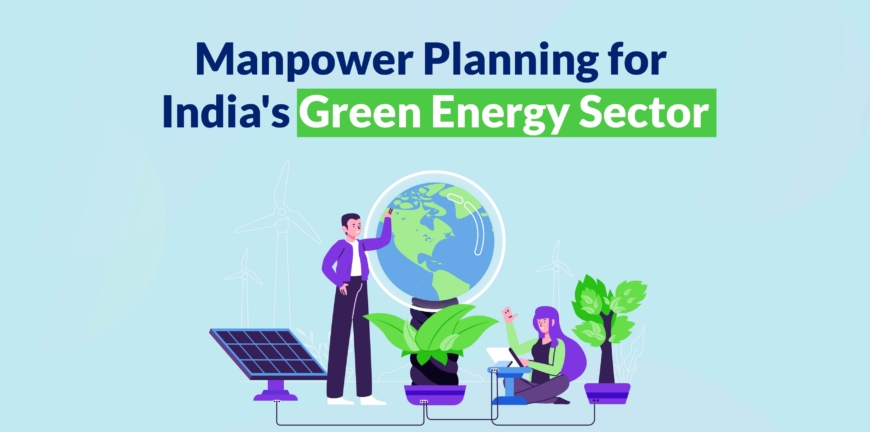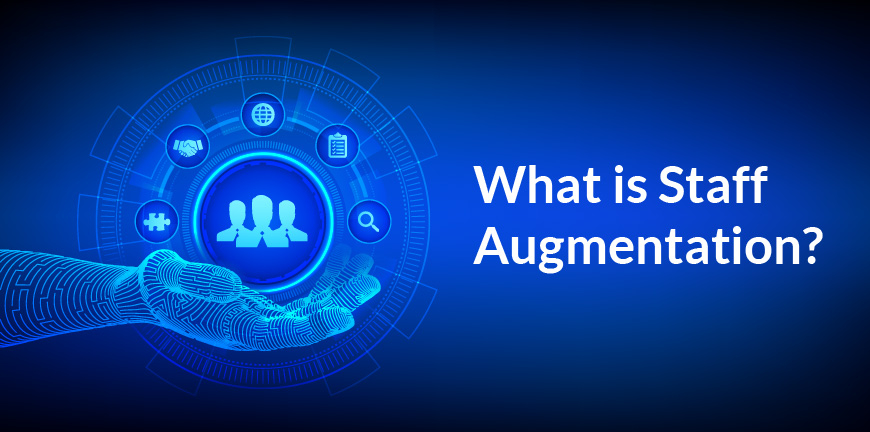
Manpower Planning for India’s Green Energy Sector
09/06/2023
What is Staff Augmentation? Definition, Process, Challenges, Best Practices
14/06/2023Technological development has accelerated and seems to be reaching the skies. New advancements have been replacing outdated operational methods. Talking about cellular technology, it has always played a crucial role in advancing the economy and boosting the labour market.
Since the introduction of 1G in 1979, the growth in the field has been constant, producing better successors each time.
While some of you may still be wrapping your head around the 5G technology and its unbelievable capacity and speeds, the next Gen(6G) is already creating a buzz in the technological world. While it is still maybe in the R&D stages, it has shown tremendous potential to take over as the best, most promising next-gen cellular tech that has ever been created.
What is 6G?
6G is the next-gen network that is built upon 5G technology. It is meant to be 100 times faster than 5G technology, driving new communication applications and providing low latency and affordable solutions.
The 6G tech will not be restricted to mobile only but will have the capability to enable networks for smart homes and autonomous vehicles. 6G networks will be operating at higher frequencies than the 5G network, offering a much bigger bandwidth.
Higher speed and ultra-low latency may be a few features that need to be considered as the highlights of 6G. But to be fair, the 5G network has already achieved this, and people are not looking forward only to those advantages in 6G. So, what exactly is the focal point of 6G?
The fundamental research for 6G technologies was to enable the creation of new IP, knowledge, and skills.
With the advent of 6G, companies are striving for innovation for the wide application of AI (Artificial Intelligence), metaverse, virtualization, and sensor networks.
Within the consumer segment, many upcoming XR (e.g., augmented, virtual, and mixed reality) services and holographic applications rely on synchronized media layers, where time synchronization is needed to align playout buffers. In order to fully reap the benefits of machine learning-based optimizations, timestamping of captured real-world events is essential to extract meaningful correlations and actions.
With this in order, basic XR and VR support will be enabled by 5G-A networks, but whether full “metaverse” experiences will be available is yet to be envisioned until 6G is deployed.
What to Expect from the Rise of 6G?
First things first, 6G will surely create several new opportunities on the employment front. Some of the industries that will hugely benefit from 6G would be the manufacturing, automotive industry, telecommunications, etc. According to the Progressive Policy Institute research, the 5G-6G revolution will affect the global economy, creating 4.3 million new jobs by 2034.
Before getting into how 6G will affect the labour market, let us give you an overview of some of the key areas that will be positively impacted by 6G.
Some of the Key cases you need to look out for are –
-
Metaverse
6G will ignite the Metaverse. The term metaverse has become quite the buzzword in IT (Information Technology) circles today. Even 5G fails to deliver the bandwidth needed for real, rendered, personalized 3D worlds. 6G tech, on the other hand, will not only be able to deliver all that, but will enable tech giants to create a persistent, fully integrated virtual metaverse experience.
Metaverse jobs are not a thing of today. They have been existing for the past few years, and not to mention have been gaining traction. Some examples are – metaverse architects, 3D Designers, hardware designers, and digital managers. With the advent of 6G, the metaverse job market valuation is expected to reach $800 billion by 2024, adding around 10000 jobs in the next few years.
-
Realistic VR/AR
To help employees fully embrace the new tech, businesses will provide realistic VR and AR training experiences with 6G technology, speeding up information transmission across teams and improving knowledge retention. The renowned engineering firm Honeywell already uses AR and VR to enhance its training programmes.
Mixed reality goggles are provided for new workers, allowing them to “see” the job other employees are doing. VR and AR technology instruct recruits as they duplicate jobs. Besides this, you should also know about how augmented reality is different from virtual reality, as both have their distinctions.
-
The social media landscape
2D profiles of people are just “oh so boring” to browse through. With the rapid cultural change and the pace at which technology is improving, people are always expecting “something more exciting and advanced”. With 6G, profiles can be produced in real-time and tailored for us. Rather than viewing someone’s 2D profile, you can access the same on a smartphone in 3D with 6G access.
-
Online communication
2D Zoom meetings will become outdated. With the extraordinary features of 6G, you will be able to experience or view your screen in 3D, experiencing a more “real presence” in the meetings, enabling you to communicate in groups.
You could even swap out screens of people you do not want to interact with and select a private space if you need a one-on-one meeting. With this remarkable new tech, you can “teleport” to virtual reality and observe anything from there, like visiting an industry and trying out their products.
-
Industrial automation and manufacturing
The deployment of 6G can help fast-track Industry 4.0 adoption, including IoT (Internet of Things), big data, and AI in manufacturing. 6G will come with the ability to connect many devices and quickly transmit copious amounts of data, helping industries enable the development of more efficient and productive manufacturing processes.
-
Healthcare transformation
A big revolution is happening in healthcare due to the high-speed 5G network, and this will take several steps ahead by 6G. The lightning-fast data speeds can enable sensors to run through our bloodstream, monitoring, detecting, and analysing any issues in any part of our body.
The easy collection of data and analysis of information can help predict health issues before they arise. Smart devices will be able to offer physical assistance and medications – supported by continuously updated digital representations of ourselves online.
What Does It Mean for the Labour Market?
The 6G is going to be a steady trend and will create more job opportunities. But note that the primary demand for the advancement of 6G lies in qualified, skilled personnel in all things related to IT, AI, robotics, VR, AR, data analysis, etc.
The second set of roles will have to do with creating and managing new products and services. That being said, a certain number of unqualified positions may come to a permanent halt.
There will be some major changes that certain industries might experience. Even without 6G, healthcare and social assistance, construction, and educational services will experience a rise in labour opportunities.
6G will bring significant changes in the wireless technology field by automating redundant and time-consuming processes, helping companies save costs, speed up the workflow, and reduce human-related errors and risks.
Automation is a mixed blessing for the labour market. Why so? While it may open up more jobs, they are liable to be more skilled and more demanding. In the short term, there is a risk of eliminating those employees whose skills cannot be refreshed or upgraded to adjust to the unfamiliar environment, creating a K-shaped economy where some thrive, and some lose out. Indeed, there is some evidence that this is already happening.
Manufacturing and utilities are two industries that could be affected negatively when it comes to jobs. Researchers expect a decline in the number of positions here because of the automation and optimisation opportunities.
To avoid this from happening and to reap the most out of the new 6G technology, people need to come forward and start understanding the uses of AI, how it could support their work or enable them to become more effective in the roles they need to adapt to.
The Future of 6G
Despite being at a concept stage, 6G is already making waves with its promise of unified human-machine and machine-to-machine connectivity, offering a glimpse of what to look forward to as the decade draws closer.
There will also be a dramatic increase in the number and variety of connected devices, increasing the amount of data generated by many times.
With Governments, businesses, and users clamouring for the human-centred design of technologies, we may be observing a rise of a new demographic of 6G consumers.
With 6G in full swing, we can hope to see the combination of satellite, nomadic, fixed, and mobile networks in one ecosystem, making communications and computing more powerful, robust, and reliable. 6G will be able to converge physical and digital space, enabling consumers to control physical objects remotely or enjoy the metaverse.
Conclusion
The final word is that the 6G is coming, possibly as soon as 2030, and it will have an enormous impact on the way we work. With major developments happening in meetings, workplace training, social media, health care, and transportation, 6G will prove to be an incredible array whose technological prowess will improve people’s lives all over the world.




